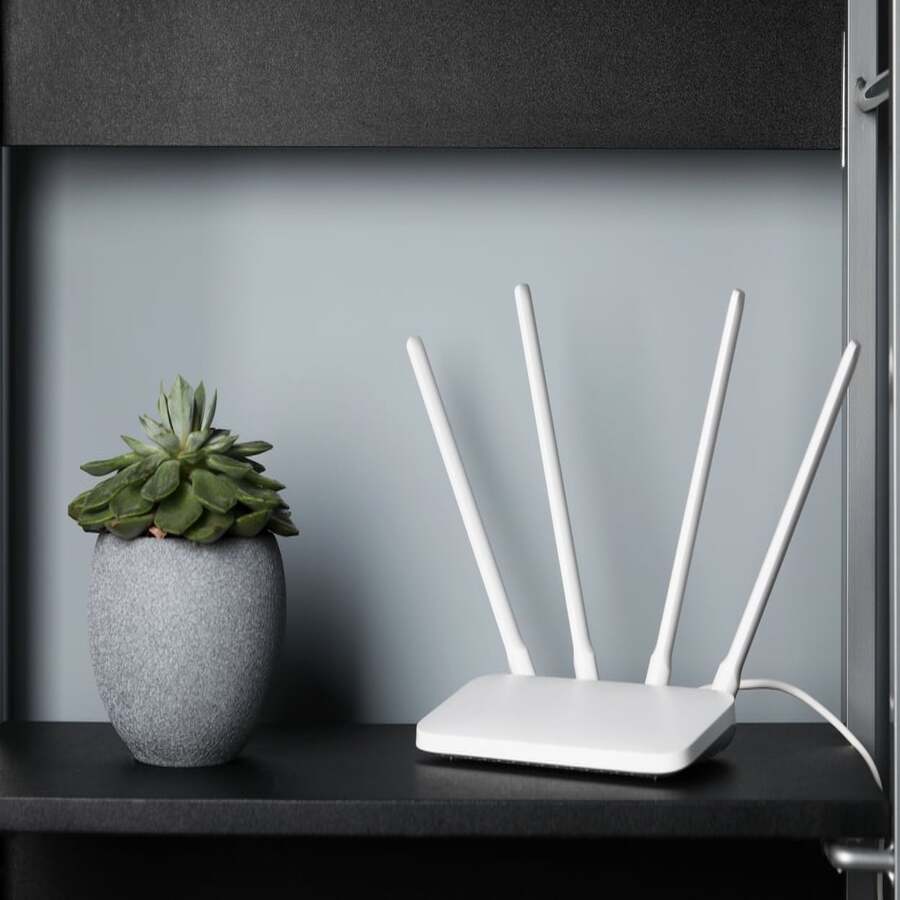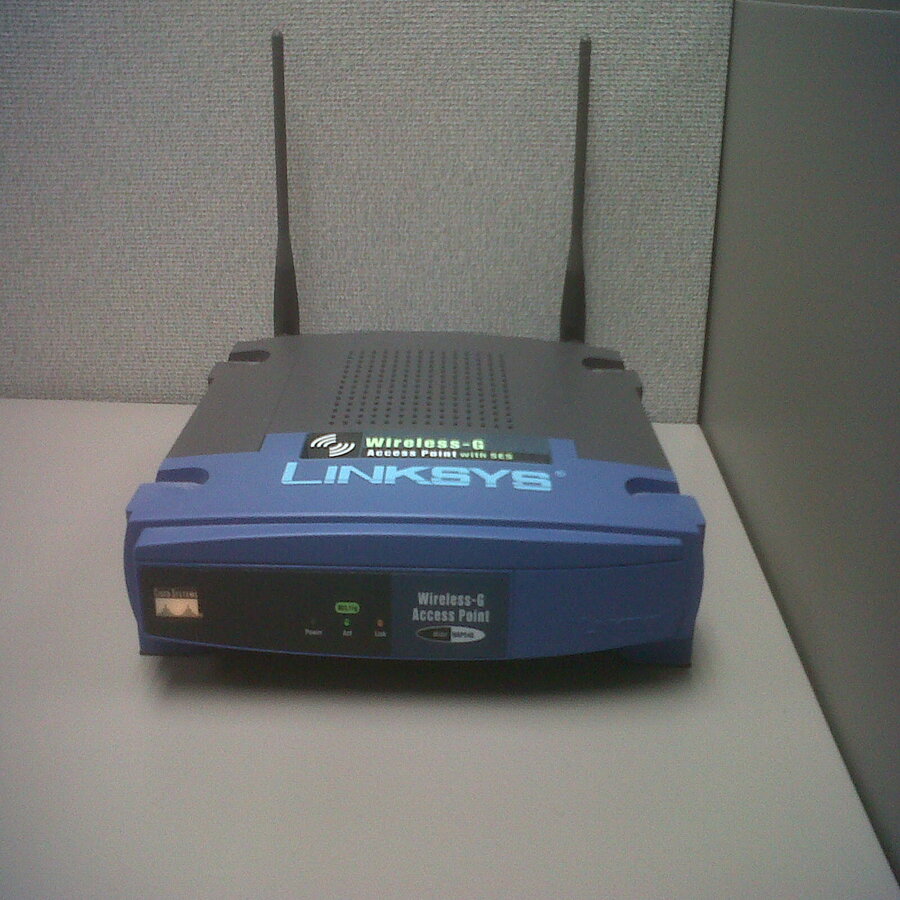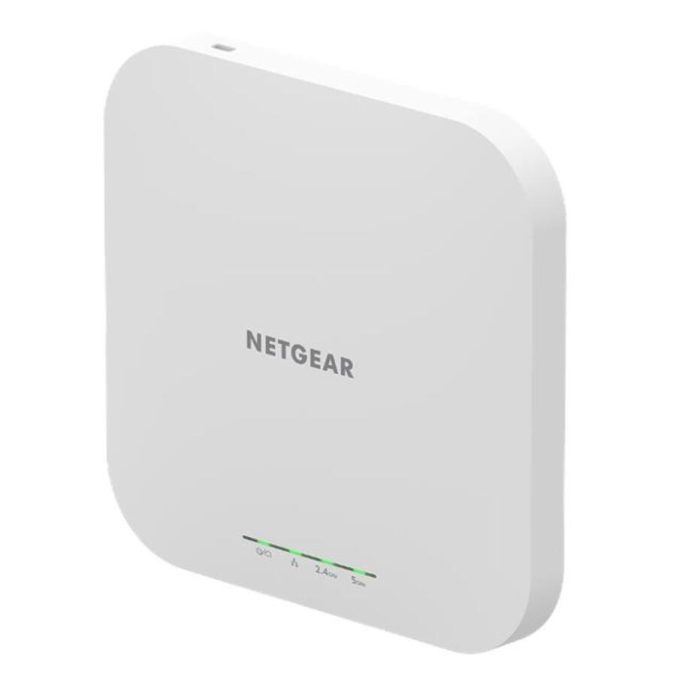Wireless access point vs router: In the modern era, a reliable and robust network is essential for both homes and businesses. Wireless access points (WAPs) and routers are fundamental in establishing and maintaining these networks. Although they may seem similar, they serve distinct but complementary roles within a network. Therefore, understanding the differences between a wireless access point and a router is crucial for optimizing your network’s performance. This comprehensive guide explores the functions, benefits, and ideal use cases for wireless access points versus routers. By delving into these aspects, you can make informed decisions to suit your specific networking needs.
Understanding Wireless Access Points
Wireless access points, often referred to as WAPs, play an essential role in expanding network connectivity. Understanding their functions and benefits helps in optimizing their use. Therefore, exploring wireless access points is crucial.
What is a Wireless Access Point?
A wireless access point is a device that facilitates connectivity between wired and wireless networks. WAPs connect to a wired network, such as a router or a switch, and then broadcast a wireless signal for devices to connect to. This allows wireless devices, such as smartphones, laptops, and tablets, to access the internet and network resources. Unlike routers, WAPs do not manage network traffic or provide routing capabilities. By understanding the core function of a wireless access point, you can appreciate its role in network expansion. Therefore, recognizing its primary purpose is crucial.
Benefits of Using Wireless Access Points
Using wireless access points offers several benefits, particularly in larger environments where extended coverage is necessary. WAPs provide enhanced network reliability by distributing the wireless load across multiple devices, reducing signal congestion. They are ideal for covering large areas, such as offices, schools, and large homes, where a single router may not suffice. Additionally, WAPs can support more concurrent connections, ensuring stable and efficient performance across numerous devices. By understanding the benefits of using wireless access points, you can enhance your network’s reach and reliability. Therefore, recognizing the value of WAPs in expanding coverage is essential.
Ideal Use Cases for Wireless Access Points
Wireless access points are ideal for environments requiring extensive and seamless wireless coverage. In business settings, WAPs can ensure consistent connectivity across multiple floors or large office spaces. Educational institutions and retail stores can benefit from WAPs by providing reliable internet access to students, staff, and customers. In residential settings, WAPs are effective for large homes with dead zones where the router’s signal cannot reach. By understanding the ideal use cases for wireless access points, you can deploy them effectively to meet specific needs. Therefore, recognizing the strategic placement of WAPs is crucial.

Understanding Routers
Routers are fundamental devices that manage and direct network traffic. Understanding their functions and benefits helps in optimizing network performance. Therefore, exploring routers is crucial.
What is a Router?
A router is a network device that routes data packets between devices within a network and manages data traffic to and from the internet. Routers connect directly to a modem provided by your Internet Service Provider (ISP) and distribute the internet connection to multiple devices, both wired and wireless. They also assign IP addresses to connected devices, manage network security, and handle network traffic to ensure efficient data flow. By understanding the core function of a router, you can appreciate its central role in network management. Therefore, recognizing its primary purpose is crucial.
Benefits of Using Routers
Using routers offers several benefits that enhance network performance and security. Routers provide network addressing, directing data to its correct destination, and ensuring smooth communication between devices. They also offer vital security features, such as firewalls and encryption, protecting your network from external threats. Additionally, modern routers come equipped with Quality of Service (QoS) settings, allowing you to prioritize bandwidth for specific devices or applications, such as streaming or gaming. By understanding the benefits of using routers, you can optimize your network’s performance and security. Therefore, recognizing the value of routers in network management is essential.
Ideal Use Cases for Routers
Routers are ideal for various settings, from small households to large businesses, each benefiting from their network management capabilities. In homes, routers connect multiple devices to the internet, support smart home systems, and manage network security. Small to medium-sized businesses use routers to ensure efficient data routing, protect sensitive information, and provide reliable internet access for employees. By understanding the ideal use cases for routers, you can deploy them effectively in different environments. Therefore, recognizing the strategic deployment of routers is crucial.
Key Differences Between Wireless Access Point vs Router
Understanding the key differences between wireless access points and routers helps in making informed decisions about network setup and expansion. Therefore, exploring these differences is essential.
Function and Role
The primary difference between wireless access points and routers lies in their function and role within a network. Routers act as central hubs, managing and directing data traffic, providing IP addresses, and connecting devices to the internet. In contrast, WAPs extend the wireless network coverage by connecting to the router and broadcasting a wireless signal. They do not manage data traffic or provide routing capabilities. By understanding the distinct roles of WAPs and routers, you can deploy them effectively to enhance your network. Therefore, recognizing their complementary but different functions is crucial.
Network Management Capabilities
Routers are equipped with comprehensive network management features, including IP address assignment, traffic routing, and security settings. These capabilities allow routers to manage data flow and protect the network from threats. Wireless access points, on the other hand, lack these advanced network management features. Their primary function is to provide wireless connectivity by extending the reach of the existing network. By understanding the network management capabilities, you can determine when to use a router versus a WAP. Therefore, recognizing the strength of routers in network management is essential.
Coverage and Scalability
Wireless access points excel in extending network coverage and supporting scalability. By adding multiple WAPs, you can cover large areas and ensure seamless connectivity across expansive environments. Routers, while capable of providing wireless coverage, may have limitations in covering extensive areas or supporting numerous devices without additional assistance from WAPs or extenders. By understanding the coverage and scalability differences, you can optimize your network setup for large spaces or high device density. Therefore, recognizing the scalability benefits of WAPs is crucial.
Combining Wireless Access Point vs Router
Combining wireless access points and routers can create a robust and reliable network. Understanding how to integrate these devices optimizes performance and coverage. Therefore, exploring the integration of WAPs and routers is essential.
Extending Network Coverage
Integrating wireless access points with routers effectively extends network coverage without sacrificing performance. By strategically placing WAPs throughout your space, you can eliminate dead zones and ensure seamless connectivity. This setup is particularly beneficial in large offices, multi-story buildings, and expansive homes. The router manages network traffic and security, while the WAPs provide widespread wireless access. By understanding how to extend network coverage, you can enhance connectivity throughout your environment. Therefore, recognizing the benefits of combining WAPs and routers is crucial.

Enhancing Network Performance
Combining routers and wireless access points optimizes network performance by distributing the load and reducing congestion. The router handles data traffic and routing tasks, while WAPs manage wireless connections, ensuring stable and efficient communication. This division of labor prevents overloading a single device and improves the overall reliability of the network. By implementing Quality of Service (QoS) settings on the router, you can further prioritize critical applications and devices. By understanding how to enhance network performance, you can achieve a more efficient and reliable setup. Therefore, recognizing the performance benefits of a combined approach is essential.
Addressing Common Questions About Wireless Access Point vs Router
Understanding common questions about wireless access points and routers provides additional clarity and guidance. Knowledge of these answers ensures better preparation and confidence. Therefore, exploring common questions is essential.
Can I Use a Wireless Access Point Without a Router?
A common question is whether a wireless access point can be used without a router. While WAPs provide wireless connectivity, they lack routing capabilities necessary for managing data traffic and internet connections. Therefore, a router is required to establish a network, assign IP addresses, and route data. The WAP connects to the router to extend wireless coverage. By understanding the dependence of WAPs on routers, you can ensure a functional and efficient network setup. Therefore, recognizing the necessity of routers is crucial.
How Many Wireless Access Points Do I Need?
Another common question concerns the number of wireless access points needed for adequate coverage. The number depends on the size and layout of the space, the construction materials, and the number of connected devices. For larger or multi-story buildings, multiple WAPs strategically placed can provide seamless coverage. Wi-Fi site surveys can help determine the optimal placement and number of WAPs required. By understanding the factors influencing WAP placement, you can ensure comprehensive coverage. Therefore, recognizing the importance of strategic planning is essential.
Addressing Common Misconceptions About Wireless Access Point vs Router
Addressing common misconceptions about wireless access points and routers provides accurate information and dispels concerns. Clarifying misunderstandings ensures an informed perspective. Therefore, this section explores common misconceptions about WAPs and routers.

Misconception: Wireless Access Points Are the Same as Routers
A common misconception is that wireless access points are the same as routers. While both devices enable wireless connectivity, they serve distinct functions within a network. Routers manage data traffic, provide IP addresses, and connect to the internet. In contrast, WAPs extend wireless coverage without routing capabilities. By understanding their differences, you can deploy each device appropriately. Therefore, dispelling this misconception highlights the importance of recognizing their unique roles.
Misconception: Routers Cannot Provide Adequate Coverage for Large Areas
Another misconception is that routers cannot provide adequate coverage for large areas. While a single router may struggle to cover extensive spaces, combining it with wireless access points or extenders can effectively resolve coverage issues. Modern high-performance routers also offer improved range and capabilities. By understanding the potential of routers and WAPs working together, you can achieve comprehensive network coverage. Therefore, dispelling this misconception emphasizes the benefits of integrated solutions.
Conclusion: Optimizing Your Network with Wireless Access Points and Routers
Optimizing your network involves understanding the distinct roles, benefits, and ideal use cases for wireless access points and routers. Proper knowledge of these aspects ensures a robust and reliable network.
Exploring key elements such as the functions of WAPs and routers, network management capabilities, coverage, and addressing common questions provides valuable insights. Recognizing the importance of combining devices, strategic planning, and dispelling misconceptions enhances overall understanding and execution.
By engaging with these elements, networking enthusiasts and professionals can confidently design and maintain networks that meet their specific needs. Therefore, whether you are setting up a home network or a business infrastructure, understanding how to optimize your network with wireless access points and routers offers practical and valuable insights. Embrace the opportunity to enhance connectivity, knowing you have the knowledge and resources to achieve optimal network performance!

Leave a Reply